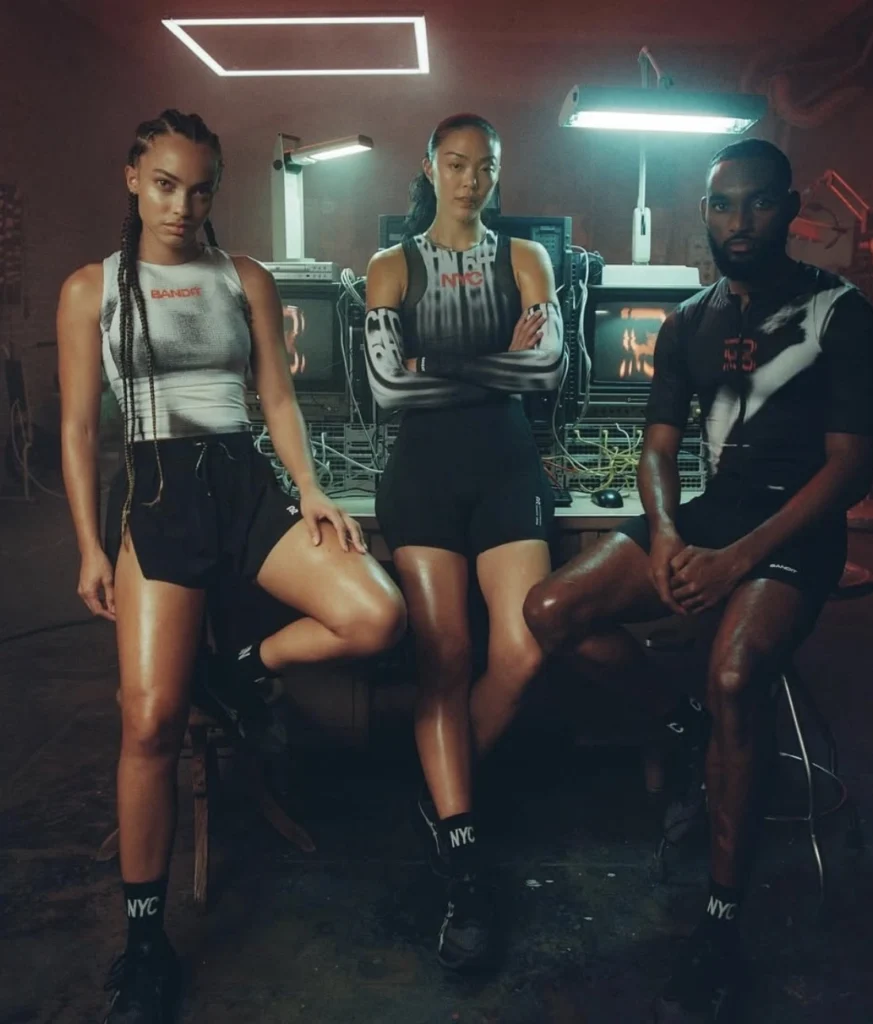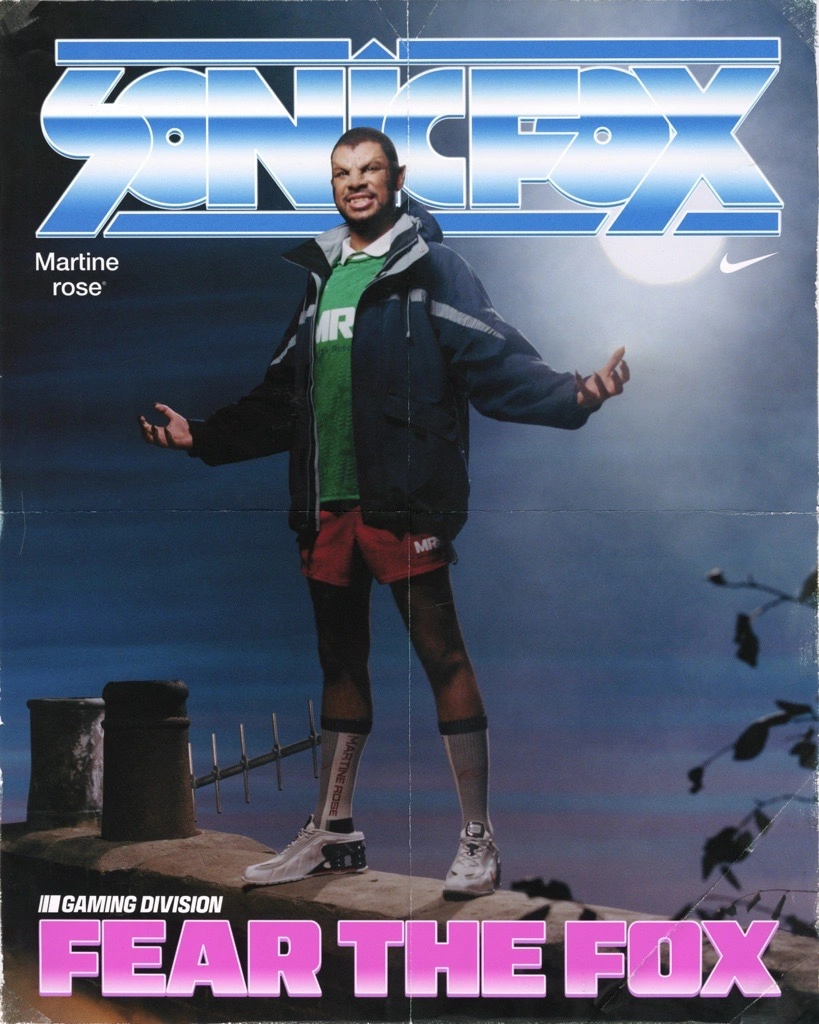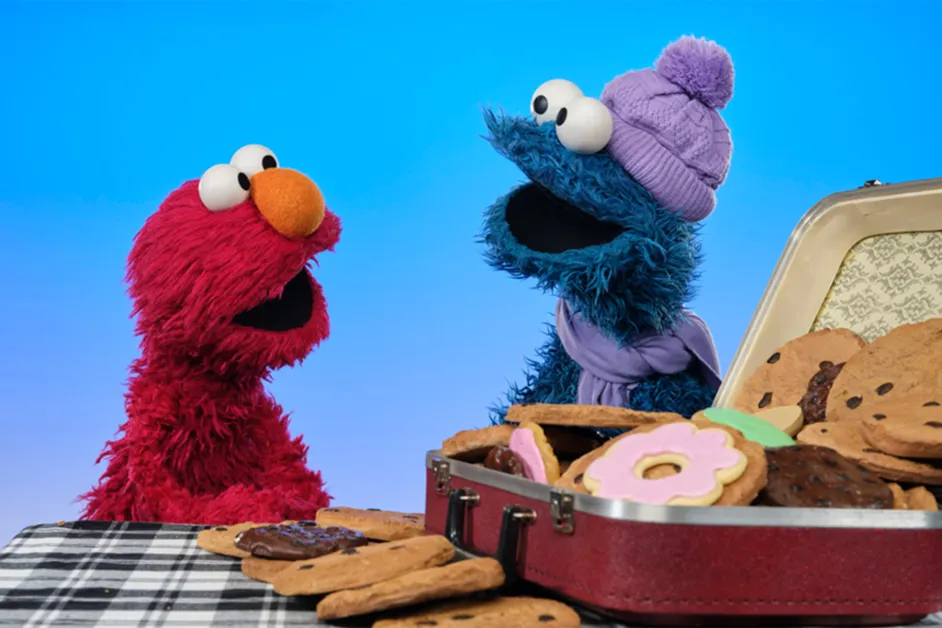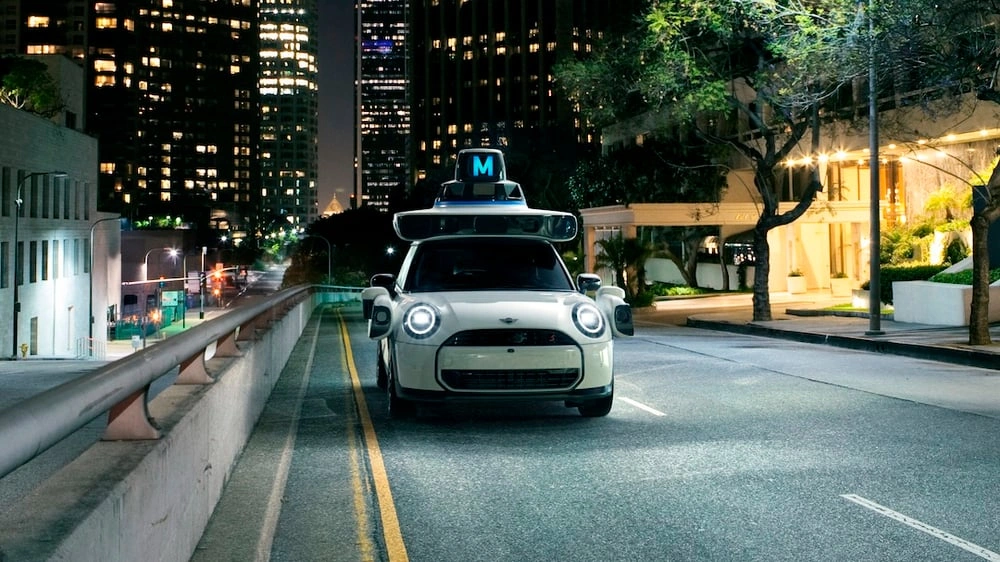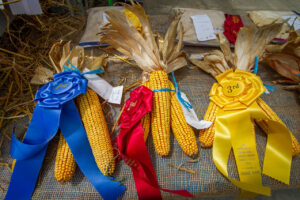Today, Bandit running clothing brand marks a distinctive moment in the calendar of contemporary street-meets-high-fashion drop culture: the launch of 19 entirely new pieces — including multiple totally new silhouettes — available exclusively at the pop-up experience known as Run City Pop‑Up. For insiders and “members” of the brand community, there is an early window: from 11 am to 1 pm EST (or until set-aside quantities are sold out) online, allowing pre-orders for pick-up in store only. Then, the physical activation opens, with special events and front/back details of each item to be revealed.
the drop
In today’s fast-moving fashion ecosystem, the pop-up store has become more than a retail channel: it is an experience, a moment of scarcity, a culture-making device. Brands worldwide have leveraged limited-time pop-ups to generate buzz, test new concepts, and reward high-engagement consumers. The physical activation is no longer just a place to buy goods; it is a curated environment, a statement about brand identity, community and exclusivity. In this case, the announcement of 19 completely new pieces, including multiple new silhouettes, signals the brand’s intent not merely to refresh the seasonal line but to redefine part of its visual vocabulary. Silhouette here means the overall form, cut and shape of garments—the architecture of clothing.
View this post on Instagram
Because the pieces are available only at the in-store pick-up (though with online pre-order), the brand is privileging a direct, physical contact point: consumers must come in person. That allows the brand to control how the pieces are experienced, how they’re presented, and how the narrative around “front/back” of each item (which presumably refers to design details on both the front of the garment and the reverse or inside/back) is revealed. Meanwhile, the members-only pre-order window emphasises community loyalty and creates the sense of first access, further reinforcing the scarcity narrative.
flow
Precisely 19 items is a number that carries symbolic and strategic weight. It’s large enough to feel like a collection, yet small enough to retain exclusivity. Each piece thus gains a sense of individual collectability. Moreover, by introducing new silhouettes rather than simply new colours or print treatments of existing forms, the brand is signalling a deeper evolution. It speaks to a design pivot, a fresh frontier. In the contemporary drop economy, where consumers are accustomed to “new colours, new fabrics, same shape,” the promise of new silhouettes raises the stakes: this is something different, something to stand out. It invites speculation: What shapes? What cuts? Will jackets feature asymmetric backs? Will trousers transition into new lengths? Will tops invert layering logic?
By revealing that there will be “front/back” details for each item, the brand hints at dual-sided design: perhaps reversible garments, or pieces with unexpected reverse detailing, or a layered construction that flips. This kind of design intelligence invites deeper consumer engagement and creates photographic-friendly moments (Instagram, TikTok, etc.) of discovery: “Look at the back of this jacket,” “see how the piece transforms.” That becomes part of the narrative.
pre-order
The online pre-order phase also serves as a data-capturing moment: the brand can assess interest levels, build lists, plan in-store logistics, and gauge demographic turnout before the store opens fully. It acts as a hybrid of e-commerce and experiential retail. Historically, such hybrid models have helped brands both maximise reach (via online access) and maintain exclusivity (via restricted pick-up). The day-of pop-up becomes a celebration, an event that merges commerce with momentary culture.
pop-up
Though the brand has not yet released full details of the in-store events, the tease is clear: “Stay tuned tomorrow for details on events and the front/back of each item.” This language suggests a layered experience:
-
Possibly design-talks or live presentations where the “front/back” design logic is explained.
-
Photograph moments and social activations showing both the front and reverse of each piece.
-
Real-time reveal of how the new silhouettes work on bodies, perhaps installations or rotating mannequins that show front/back or modular transformation.
-
Perhaps limited in-store performance or interactive elements that tie the physical space to the drop.
The pop-up environment becomes a moment of theater: customers are not simply browsing racks but participating in a narrative. They are insiders to a reveal. The communal energy of a pop-up adds to the value of the pieces — your purchase becomes a souvenir of that moment, not just a garment.
trend
From a macro perspective, this release embodies multiple trending mechanics in fashion: limited-edition scarcity, new-silhouette hype, hybrid e-commerce/physical retail, community access, and highly visual experiential storytelling. Collectors and enthusiasts in the streetwear/limited-drop space expect novelty (new silhouette), exclusivity (only 19 pieces, store-pick-up only) and storytelling (front/back design, in-store event). The careful orchestration shows maturity in drop strategy: rather than flooding the market, the brand is creating layered value: first access, physical experience, collectability.
Moreover, by introducing multiple new silhouettes rather than a single “special piece,” the brand signals that it is evolving its DNA. It suggests design ambition: this is not a mere capsule of existing shapes, but a moment of reinvention. That invites deeper consumer investment: this drop may mark a chapter shift in the brand’s trajectory. For engaged followers, it’s not just “buy now” but “be part of this chapter.”
culture
Within broader cultural currents, this kind of drop reflects how fashion, community and moment-making intersect. The pop-up becomes a site of cultural production: not just retail, but social gathering, content creation, and brand ritual. Consumers don’t just buy garments — they buy a story, a moment, a badge of identity. The fold between physical and digital, between exclusivity and access, is where many contemporary brands anchor their stratagem.
By emphasising front/back details, the brand taps into the fetish of discovery: look at the unseen side, flip the garment, engage the reverse. In a social-media era where every detail is photographed and shared, the reverse side becomes as photogenic as the front. This kind of design smarts acknowledges that the consumer is not only wearing the piece but broadcasting it. It is a garment that invites visual investigation. In architectural terms, it views the body as a revolving object. In multimedia terms, it invites motion, explore angle, share reveal. So the design is inherently tuned to the way consumers now experience fashion: through screens, through stories, through peer-to-peer sharing.
fin
For those lucky enough to secure access, this is more than merely a shopping opportunity. It’s a design moment, a brand moment, a memory. You will not just own a piece of clothing; you will own part of the brand’s story. And for the brand, this pop-up is a statement: “We are evolving, we invite you, we reward our community, and we celebrate the physical moment.”
In a world where digital convenience often outpaces sensory experience, Bandit’s Run City decision to anchor this collection in a pop-up, in-store pick-up and visible new silhouettes underscores the enduring power of the in-person activate-and-collect dynamic.
No comments yet.

